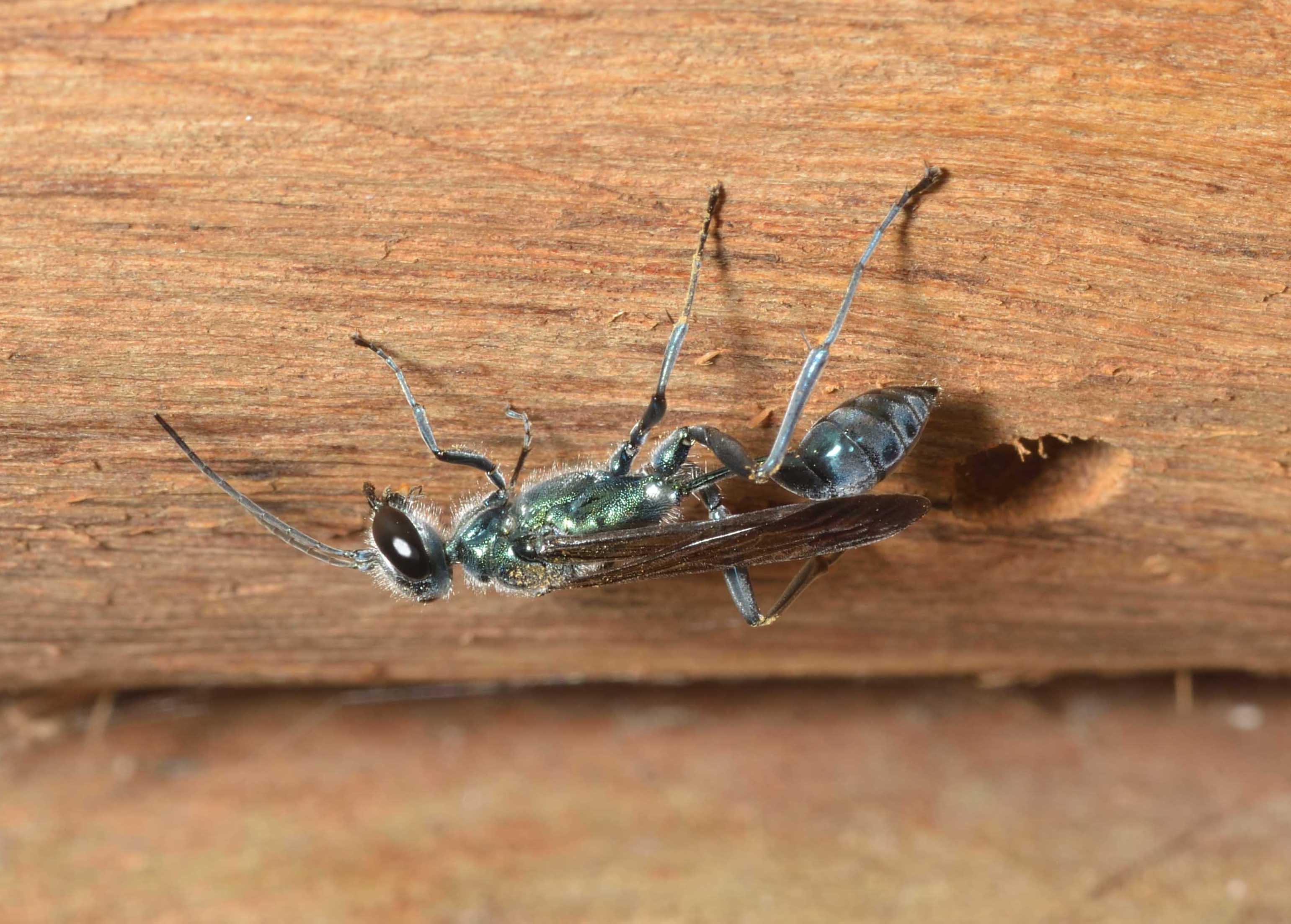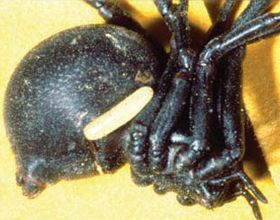 |
Chalybion bengalense
(Dahlbom, 1845)
(Hawaii, Mauritius, Mozambique, Seychelles, Socotra,
South Africa)
|
| |
Chalybion bocandei bocandei
Hensen, 1988 (Ghana,
Guinea, Liberia, Sierre Leone)
Chalybion bocandei aeronitens
Hensen, 1988 (Central African Republic, Democratic Republic
of Congo)
Chalybion bonneti Leclercq, 1966
(Madagascar)
Chalybion clypeatum (Fairmaire,
1858) (Angola, Cameroon, Democratic Republic of Congo,
Ethiopia, Gabon, Mozambique, Tanzania)
Chalybion clypeatum lusingi (Leclercq,
1955) (Democratic Republic of Congo)
Chalybion clypeatum kiloensis (Leclercq,
1955) (Democratic Republic of Congo)
Chalybion fuscum (Lepeletier,
1845) (Madagascar, Sri Lanka)
Chalybion gredleri (Kohl, 1918)
(Democratic Republic of Congo)
Chalybion japonicum (Gribodo,
1880) (China, Japan, Ryukyu Islands, South Korea, Tanzania,
Thailand)
Chalybion kenyae Hensen, 1988
(Kenya)
|
| |
Chalybion laevigatum (Kohl, 1888)
(Botswana, Ethiopia, Mozambique, Namibia, South Africa,
Tanzania, Zanzibar) |
| |
Chalybion madecassum
(Gribodo,
1883) (Madagascar, Seychelles Islands)
Chalybion mochii
Hensen, 1988
(Kenya)
Chalybion parvulum Hensen, 1988
(Kenya)
Chalybion planatum (Arnold, 1951)
(Ethiopia)
Chalybion ruficorne Hensen, 1988
(Central African Republic)
Chalybion schulthessirechbergi
(Kohl, 1918) (Democratic Republic of Congo)
Chalybion sommereni (R.Turner,
1920) (Angola, Democratic Republic of Congo, Kenya,
Tanzania) |
 |
Chalybion spinolae
spinolae (Lepeletier,
1845) (Democratic Republic of Congo, Ethiopia,
Namibia, South Africa,
Tanzania, Zambia) |
| |
Chalybion spinolae rufopictum
Magretti, 1884 (Eritrea, Ethiopia, Mali)
Chalybion spinolae saussurei
(Kohl, 1918) (South Africa)
|
 |
Chalybion tibiale (Fabricius,
1781) (South Africa)
|
| |
Chalybion triangulum Hensen, 1988
(Central African Republic, Gambia, Togo) |
Distribution
|
Worldwide, but absent from Neotropical region. |
 |
 |
|
A
Button spider (Latrodectus) as prey (Nel et al. 2014). Photographs © Ernst Nel.
|
Biology
|
Females prey on
a variety of spiders including
Button spiders (Latrodectus). They mass provision single
cells either in burrows excavated in exposed vertical soil banks or in
pre-existing cavities in wood. Cells are sealed with mud. |
References
|
Bohart, R.M. &
Menke, A. S. 1976. Sphecid Wasps of the World: a
Generic Revision. University of California Press, Berkeley, California.
Brothers D.J. 1999. Phylogeny and
evolution of wasps, ants and bees (Hymenoptera, Chrysidoidea, Vespoidea and
Apoidea) Zoologica Scripta 28: 233–250.
Finnamore, A.T. & Michener, C.D. 1993. Superfamily Apoidea (pp.
279-357). In GOULET, H. & HUBER, J. (eds). Hymenoptera of the World:
an identification guide to families. Research Branch, Agriculture
Canada, Ottawa, Canada, 668 pp.
Gess FW 1981.
Some aspects of an ethological study of the aculeate wasps and the bees
of a karroid area in the vicinity of Grahamstown, South Africa.
Annals of the Cape Provincial Museums (natural History) 14: 1-80.
Gess FW, Gess SK 1980. The whited
sepulchre - the nesting of Chalybion tibiale (Fabr.). The
Eastern Cape Naturalist 70: 11-14.
Gess FW, Gess SK 1980, Weaving AJS 1982.Some
aspects of the ethology of Chalybion (Hemichalybion)
spinolae (Lepeletier) (Hymenoptera: Sphecidae: Sphecinae) in the
Eastern Cape Province of South Africa. Annals of the Cape Provincial
Museums (natural History) 14: 139-149.
Gess SK, Gess FW 2014.
Wasps and bees in southern Africa. SANBI
Biodiversity Series 24. South African National Biodiversity Institute,
Pretoria. 320 pp.
Nel, E., Kelly, J. & Dippenaar-Schoeman, A.S. 2014.
Notes on the biology of the wasp, Chalybion spinolae
(Hymenoptera: Sphecidae), an obligatory predator of Latrodectus (Araneae:
Theridiidae) spiders in South Africa. Journal of Natural History
48: 1585-1593.
DOI:10.1080/00222933.2013.877993.
Weaving A.J.S. 1994. Nesting behaviour in three
Afrotropical trap-nesting wasps, Chalybion laevigatum (Kohl),
Proepipona meadewaldoi Bequaert and Tricarinodynerus guerinii
(Saussure) (Hymenoptera: Sphecidae, Eumenidae). Entomologist 113 (3-4):
183-197. |
Links
|
CATALOG OF WORLD SPHECIDAE
sensu lato (= Apoidea excluding bees) compiled by
Wojciech J. Pulawski (California Academy of Sciences). |
Credits
|
Photographs © Duncan Butchart or Ernst Nel or
Simon van Noort (Iziko Museums of Cape Town).
|
|